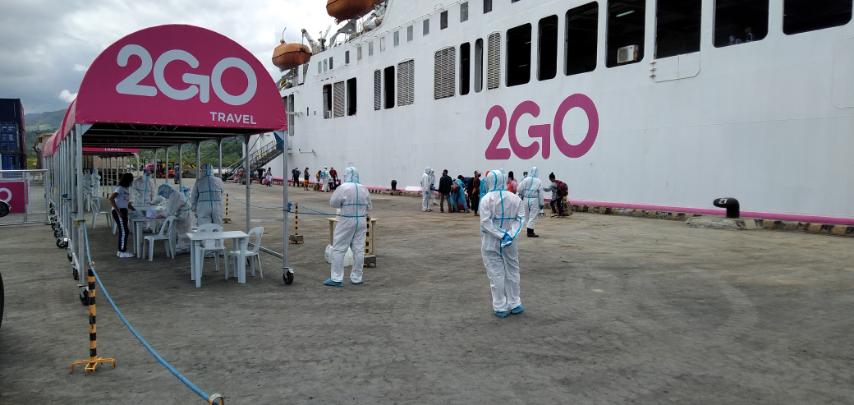
MANILA – The Maritime Industry Authority (MARINA) on Wednesday issued new guidelines on physical distancing in passenger ships following the recent easing of physical distancing in all forms of public transportation.
MARINA, through advisory No. 69, detailed the different distances allowed between passengers and the number of passengers allowed on board — depending on the community quarantine classification the ships are operating in.
Since Monday, ships operating between areas under a general community quarantine (GCQ) are allowed to have 0.75 meters (m) distance between passengers, with an authorized capacity of 75 percent of the ship’s maximum capacity.
On Sept. 28, it said ships traveling between GCQ and modified general community quarantine (MGCQ) areas will be required to have at least 0.5 m distance between passengers and an authorized capacity of 85 percent.
By Oct. 12, it said passenger ships traveling between MGCQ areas will be allowed to have 0.3 m of physical distance between passengers and an authorized capacity of 90 percent.
Along with the new distancing guidelines, it said face masks and shields remain mandatory for all passengers and ship crew.
“One-meter physical distance between passengers during boarding and disembarkation must always be observed,” the advisory read.
For ships operating between areas under enhanced community quarantine and modified enhanced community quarantine, transportation is limited to cargo transportation, no passengers allowed.
The advisory was issued in accordance with Resolution No. 67 by the Inter-Agency Task Force for the Management of Emerging Infectious Disease on Aug. 31 that allowed an increase in ridership in public transportation through the reduction of physical distancing among passengers.